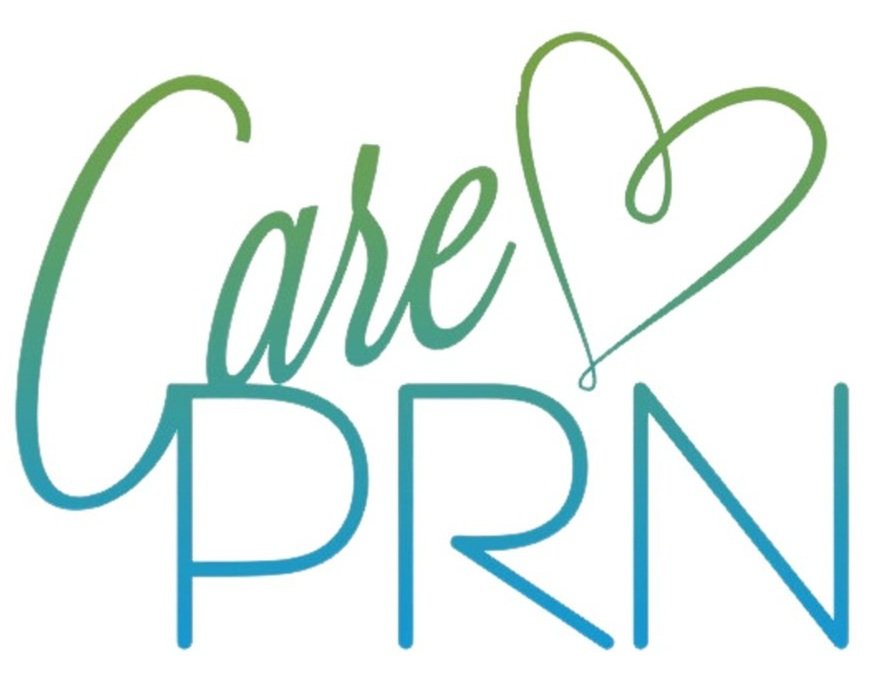Staffing For The Future
The Rules of the Staffing Game Have Changed
Working as a travel nurse in the hospital setting for the better part of the last decade, I was able to witness first hand how staffing has changed. This change accelerated like someone poured fuel on a fire when Covid-19 struck in 2020. At this time I was working in a Detroit based health system floating to five different locations. I vividly remember my first encounter with a possible Covid positive patient. These were the early days of Covid when we didn’t have adequate testing. PPE became scarce and within a week the five locations that I floated to were beginning to fill to capacity with scared sick covid positive patients. The utter chaos that ensued for the rest of 2020 is what led to the mass exodus of bedside nurses and ancillary staff like Certified Nursing Assistants. This exodus wasn’t just felt in the hospitals but rippled throughout all of the American Healthcare systems and was felt even more acutely in the long term, rehab, and assisted care facilities. When the world shut down and people stayed home it led individuals to evaluate the way they pay their bills. People began to find new ways to generate income from home, online, or in less stressful settings. Many decided that going back to the bedside would be done on their own terms, and that the ability to control their schedules became paramount. Having control over one’s schedule is why we are seeing the silent quiet or the great reset. Nearly everyone has some sort of side hustle that could in their mind have the ability to generate more income then their primary traditional jobs that they left. Many are realizing that time is their most precious commodity and how they spend their time helps minimize the lost opportunity cost. This coupled with the rise of the uber model of gig work is why we can expect our healthcare system to just get back to business as usual. The rules of the staffing game changed for good. If healthcare facilities or systems want to get ahead of this trend they need to begin to embrace a Hybrid staffing model.
A New Way To Staff
When change is happening there are two types of people. People who resist the change, (most common response) and people who embrace change. The latter is the tougher of the two responses because it requires us to adapt. Adaptation can be hard when you are trying to run a healthcare facility or senior care community. Established work flows and routines are what lets us provide safe care which is why we see so much resistance from healthcare staff when it comes to change or adaptation. So what is the hybrid staffing model and what does it look like? The hybrid staffing approach is when facilities utilize agency staff, specifically agencies that provide staff or a gig based staffing on a shift by shift basis. By utilizing a gig based agency this allows healthcare to get the help they need while they search to replace missing staff and stabilize their community. This allows the facilities to control cost by staffing only the shifts they are short handed for. The traditional staffing agency approach makes facilities commit to one worker for usually 13 weeks at a time. Doing this leads to consistency but also leads to a single point of failure! If that 13 week contract worker decides not to show up or ends their contracts due to staff conflicts, or working conditions the facility is still left short staffed. With the gig approach many times facilities will get the same worker filling the shifts they need help with providing that consistency but if that worker decides to no show or leave the facility for whatever reason the gig based agency can usually provide a new healthcare worker to fill the vacated shifts. Utilizing this approach has led to great outcomes for CarePRN and partner facilities that CarePRN has helped to adopt this hybrid staffing approach. One key difference that sets CarePRN apart from the competition is that we do not require our facilities to learn a new tech platform, or workflow in order to get the help they need. All they need to do is send an email or place a phone call to their facilities staffing manager and we then begin meeting their needs. While this doesn’t seem like much it's crucially important as we used to have a platform to allow facilities to find and indicate their own staffing needs but this was met with resistance due to the fact that it was adding more work to already overworked schedulers' days. Removing the use of tech and replacing it with human to human interactions has allowed our partner facilities to successfully adapt and adopt the hybrid staffing model. If your facility needs help meeting their staffing needs, do not hesitate to reach out to us today by clicking the link. CarePRN is at your disposal.
